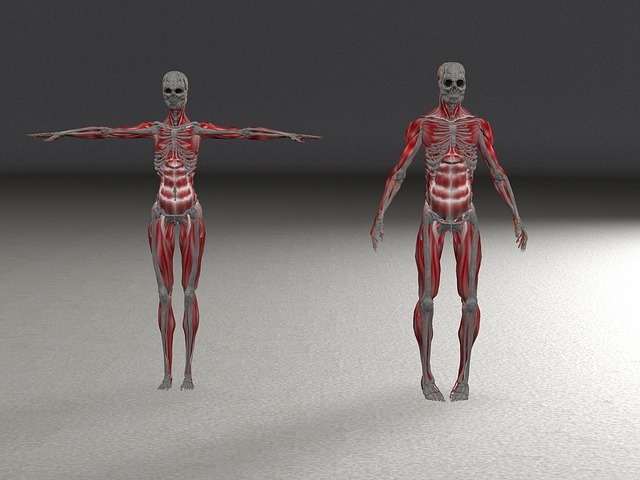
Posted: May 9th, 2025
How to Perform a Musculoskeletal Assessment
A musculoskeletal assessment nursing guide can help make your next nursing task easier. As a nurse, musculoskeletal assessment is an important part of your job. You need to identify when a patient has musculoskeletal problems and provide care.
The musculoskeletal system supports the body. It includes the muscles, joints, and bones. They connect organs and protect internal organs. If you have a musculoskeletal assessment on your nursing assignment sheet, you need a guide on how to conduct it.
There are many types of musculoskeletal disorders, so it is important to have a good understanding of the signs and symptoms of each one. Nurses need to assess patients for musculoskeletal problems.
The musculoskeletal system comprises the skeleton and muscles. Ligaments and tendons then connect and support the system.
A nurse must learn how to assess the musculoskeletal system. Here is a complete musculoskeletal assessment nursing guide.
Tips on Musculoskeletal Assessment Nursing
When assessing a patient for musculoskeletal problems, there are a few things you need to keep in mind. First, you need to ask the patient about any pain they may be experiencing. It is important to note where the pain is located and how long they have been experiencing it.
Gather the Patient’s Medical History
You also need to ask the patient about their health history. This will help you identify any risk factors they may have for musculoskeletal problems.
Here are sample questions to ask:
- Do you have any family history of musculoskeletal disorders?
- Do you have any present medical issues like pain?
- Does the patient suffer from chronic illnesses?
- Does the patient have any changes in mobility?
- Do you have any previous injuries to your musculoskeletal system?
- Do you take part in any activities that put a strain on your musculoskeletal system?
- Do you have any chronic health conditions that may contribute to musculoskeletal problems?
Most patients will present with particular symptoms like pain in the joints and issues with their movement.
After you have gathered this information, you can proceed with the musculoskeletal assessment. Here are a few tips on how to conduct a musculoskeletal assessment.
Musculoskeletal Assessment
Inspect the patient’s joints for swelling, deformity, or redness.
Feel the patient’s muscles for tenderness, spasms, or atrophy.
Palpate the patient’s bones for tenderness, deformity, or fractures. Check for oedema and malignment.
Inspect the gait when standing feet flat on the floor. Check the muscles and their appearance. Also, check the gait and posture. A physical assessment can confirm problems like muscle spasms, muscle atrophy, standing position, and joint deformities.
Percuss the spine for tenderness. The spine should not be tender. The hip bone is equally important. Check the hip flexion.
Other assessment practices include assessing the temporomandibular by moving the jaw. Clicking without pain is no source of alarm. Note any unexpected findings during the assessment.
After you have completed the musculoskeletal assessment nursing, you need to document your findings. Be sure to include any pertinent information that you gathered from the patient’s history and physical examination.
How to perform a Physical exam
After you have gathered the patient’s history, you can proceed with the musculoskeletal assessment. Here are a few tips on how to conduct a musculoskeletal assessment.
- Inspect the patient’s joints for swelling, deformity, or redness.
- Feel the patient’s muscles for tenderness, spasms or
- After you have gathered all of this information, you need to perform a physical examination. This will help you identify any musculoskeletal problems the patient may have.
- The physical examination should include a thorough assessment of the joints. Look for redness, swelling, or deformities. You should also assess the range of motion of the joints.
- Assess the patient’s muscles. Check for tenderness, spasms, or atrophy. You should also test the patient’s reflexes and muscle strength.
Record Your Findings
After you have completed the musculoskeletal assessment nursing practice, you need to document your findings. Be sure to include any pertinent information you gathered from the patient’s history and physical examination. It is with your findings that you will proceed to diagnosis. A patient may need more tests to confirm a diagnosis.
Follow the cues above for a musculoskeletal assessment nursing guide to help you get started. Practice and experience make it easier to handle even complex cases.
Expert paper writers are just a few clicks away
Place an order in 3 easy steps. Takes less than 5 mins.
